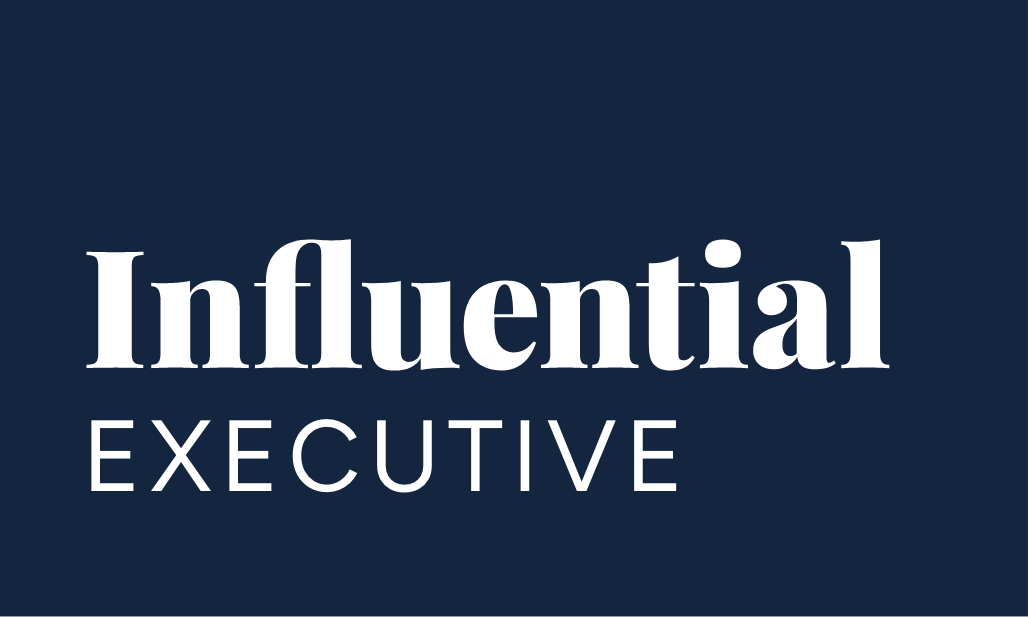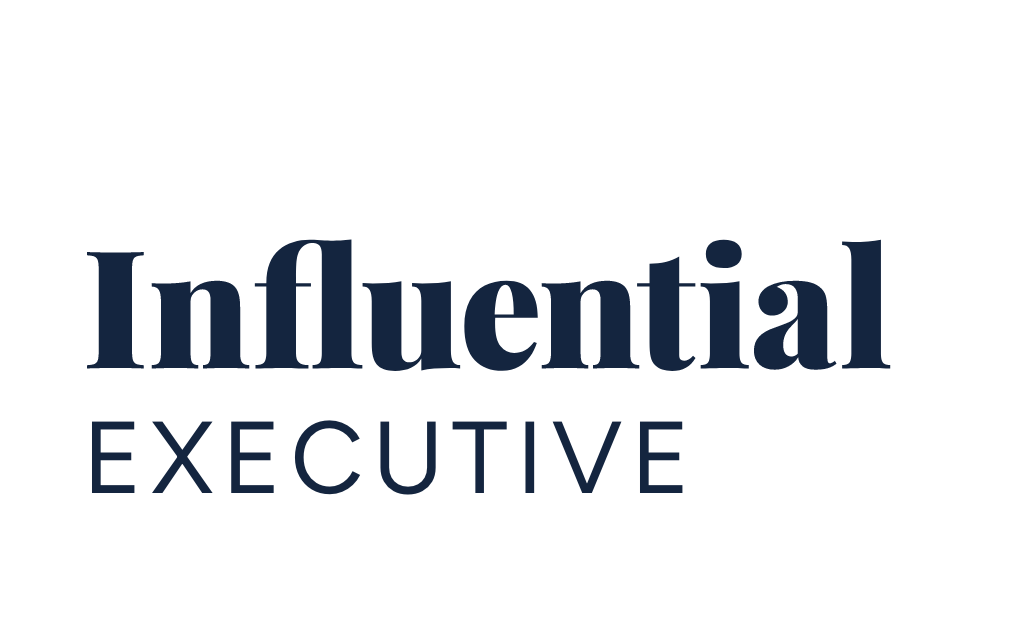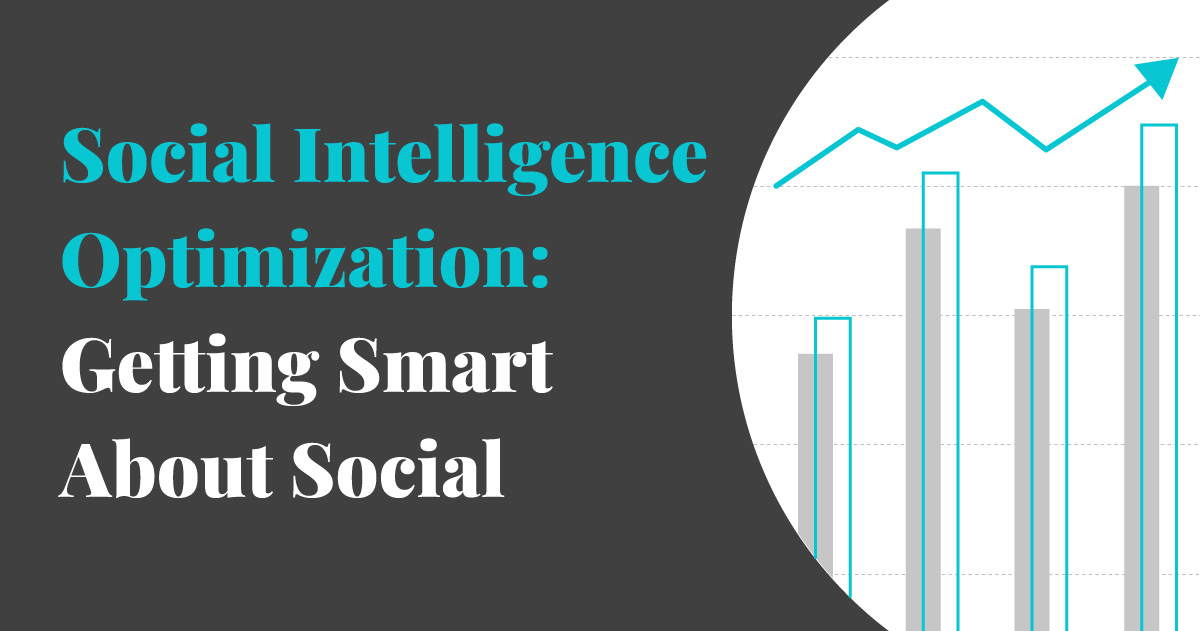In order to understand what makes our in-house tool, Social Intelligence Optimization (SIO), so powerful, we must first analyze the social media landscape for executives. Our most recent research shows that executives and leaders clearly outperform brands in terms of engagement on LinkedIn, on the order of 3x. But to take advantage of this leg up on brands, executives need a strategic and thoughtful social presence that’s optimized for their audience.
“Executives and leaders clearly outperform brands in terms of engagement on LinkedIn, on the order of 3x.”
As we look to position leaders effectively on LinkedIn and other social platforms, it is critical to analyze and understand the various parameters that can drive impressions and, more importantly, valuable engagements. This is something that agencies and brands alike have struggled with, often resorting to anecdotal insights and conclusions based on very small data sets to determine what may have resulted in certain posts receiving very high engagement rates, while others received much lower engagement.
What Drives Social Media Performance?
There are two major factors at play – the platform algorithm and your audience’s interests and preferences. First, we need the algorithm to decide that our content is worth showing to a larger audience, so there are a variety of factors that each platform uses to determine this. This information is not made publicly available by the platforms, but certain aspects are deduced. That said, it is rarely a simple and straightforward formula that we can follow, and we often find counterexamples to presumed trends. Following certain best practices doesn’t always produce strong results, and in other cases, content that does not follow these best practices may receive higher engagement.
Layered on top of the algorithm is your audience, a percentage of whom are presented your content, which they then deem interesting or appealing enough to like, share, comment or click.
For leaders and executives who are either managing or providing input to their social presence, there is no room for guessing or operating in the dark. Clear data and a sense of what content is resonating with their desired audience is critical to effectively positioning an executive as a thought leader and ensuring they see the investment of time as worthwhile.
Beginning With the End in Mind
Of course, in order to measure success, we need to start with a strong social media strategy, rooted in the executive’s objectives and interests. These key objectives should encompass their goals as a leader, their business/brand’s objectives (particularly the ones they are focused on contributing to), and their personal goals, including social causes they are focused on.
With all of these factors in mind, we can focus on the best metrics to measure the success of the program. For some executives, the most important metrics may be reach and engagement to determine the relevance of their content. When content reaches a large audience of individuals who also choose to engage, it’s a fairly sound indication that the content is resonating. For other executives, success may be determined by comments and driving conversations around specific topics. And for others still, it may be most important to drive traffic back to their blog or brand’s website where there’s an opportunity to explore additional insightful content and how the organization adds value. The list doesn’t end there. Unique objective-based metrics might include LinkedIn inquiries, media requests, speaking engagements, and more.
Social Media Monitoring and Measurement
With a clear sense of the objectives and the metrics that matter most to a particular executive, given their objectives, we begin to monitor performance.
The typical approach here is to look at best and poorest performing social posts and to look for any perceived patterns. This is complemented by a look at overall channel metrics like reach, engagement rate, engagements (broken down by type, i.e., likes, shares, comments, and clicks), social traffic to the website and, where trackable, sales.
We followed this typical approach for several years, but always felt there was an element of subjectivity, and that conclusions were drawn based on a very limited set of posts.
Monitoring KPIs at the account and platform level on a monthly basis is a great way to monitor overall progress towards our goals. But what happens if something changes? What happens if a particular metric is unexpectedly down during a particular month? Or if performance has drastically improved on one channel? How do you determine what drove that change?
Deeper Analysis through Social Intelligence Optimization
Enter SIO. It was with these questions in mind that we developed Social Intelligence Optimization (SIO). It’s a multi-dimensional analysis technology that allows us to analyze performance drivers based on many variables to determine which factors matter, on which platforms, and for which clients.
Performance here is defined by the social media KPIs that we set to tie back to the executive’s objectives, but almost always also includes impressions and engagements. Organic impressions are a helpful indicator of how the channel algorithm is ‘perceiving’ and ‘deciding’ to show your content to followers. If organic impressions increase drastically during a particular month, period, or even on certain posts, we want to understand why. Was it something about the content of our posts that resulted in the platform serving that piece of content to a higher percentage of our followers? Was one post particularly ‘shareable,’ so much so that it was shared to a larger audience by our followers? Or was it something about the time of day or week that aligned particularly well with our audience’s preferences? Was it the use of hashtags or the mention of an influencer or a request for input?
We have certain variables like post length, time of day and third party vs. owned links that we monitor across all accounts, while we have other factors that are specific or customized to a particular executive. For example, we might look at whether the post was part of a particular content series, whether a certain graphic illustration style was used, whether a certain hashtag was used, or whether influencers or brands were tagged in the post.
With all posts categorized according to each of these many variables, we begin to build a more useful and reliable dataset. This dataset continues to get larger and more useful over time, allowing us to develop a more accurate and predictive model for content performance, and also allowing us to pick up on larger trends or algorithm changes that may require us to revisit certain assumptions.
Social media is an ever-evolving landscape, and while we can’t always predict how platforms will change next, or what will be trending a month from now, our Social Intelligence Optimization tool closes the gap when it comes to analyzing content performance among our clients’ unique audiences.
How Can Social Intelligence Optimization Help Achieve Your Goals?
Wondering how to best position yourself or an exec at your company? Learn more about our service offerings or get in touch with me at [email protected].


